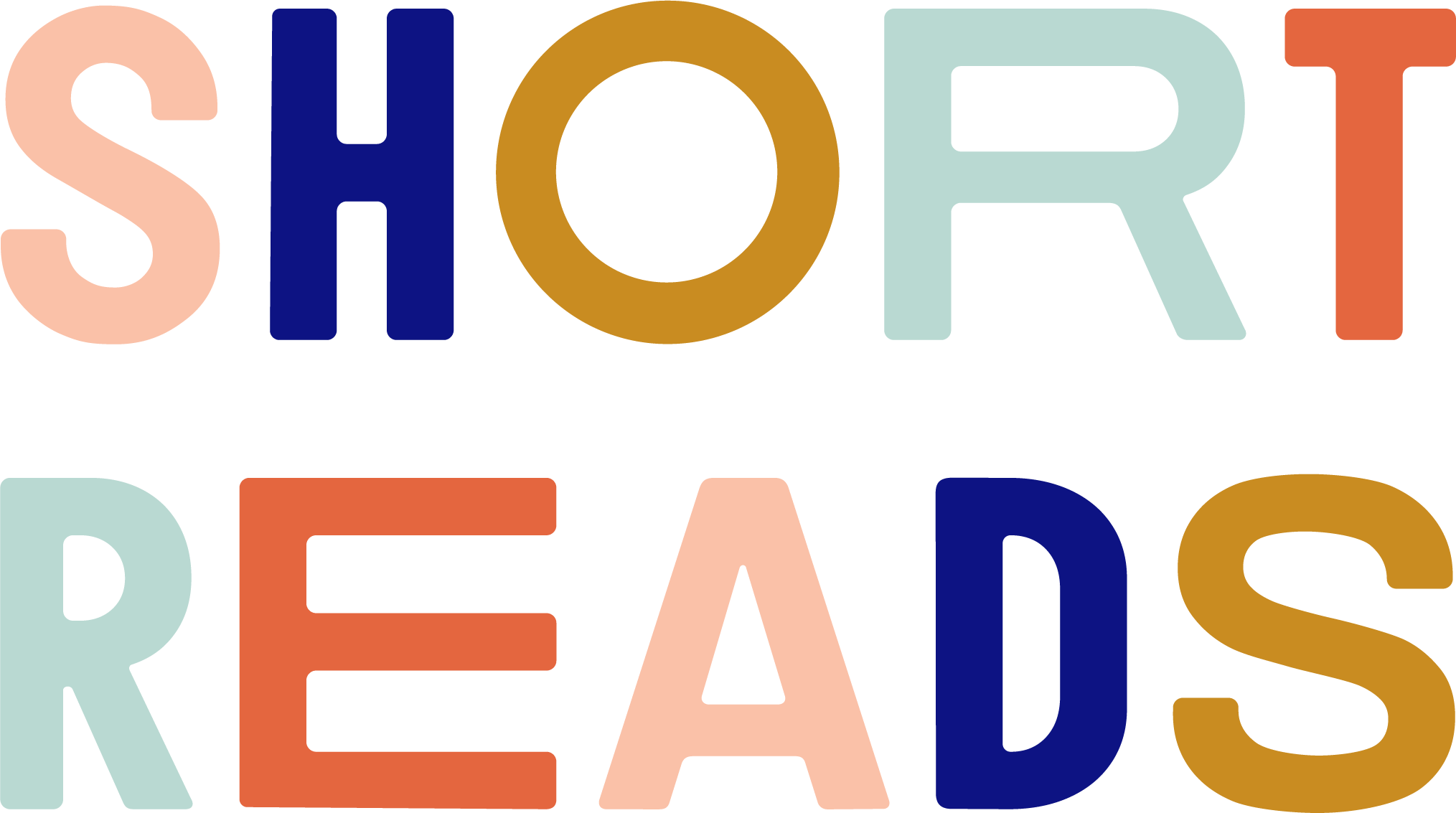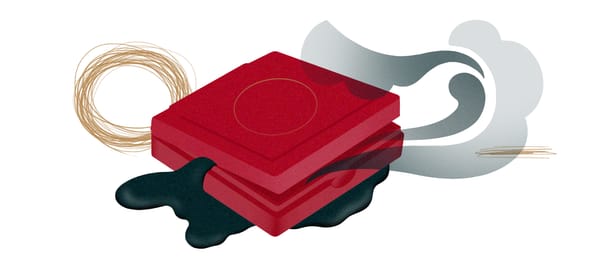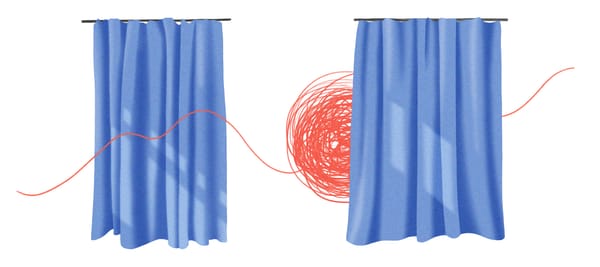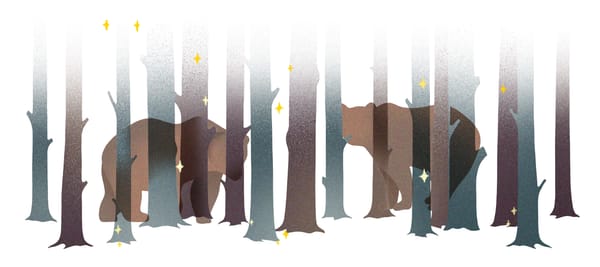The History of Color
by Beth Kephart | The shades of life and loss.

Pale
The ants, as if from a candy dish, spill out across the wooden horizontals of the deck and sweep me from now to then, back to the cracked pavement of Ashbourne Hills, where I sit naked-kneed in the sun, wearing the short pixie hair of a girl who has not yet come into all her moods.
I have braided the streamers of my brother’s new bike. I have watched him swirl the cul-de-sac on the balance of two wheels. I have heard my mother call, and I am tired out by pride, eyes closed and socks turned down at the ankle bone, almost asleep to the dream of a cat nuzzling by.
I am honeysuckle sugar, I am sweet. Pale, the smell of meat, a hollow stem.
The ants are silent. They climb up my legs and into the bent valleys of my knees. Higher.
I am saved by my own screams, and by mother’s friend. Aunt Loretta lifts me up in her arms, carries me over the yard and plunges me into the bathroom tub, the spigot gushing torrents. My dress, my socks, the black ants: all drowned. My legs the color of my legs again.
Red-Winged Blackbirds
We bury you on a January day—into the slope of a hill, under the naked arms of trees, beneath broken earth and petals. There is sun, and there is shadow.
Dad and I design your stone—birds taking flight, lambs seeking rest, a tree in full flower. Later, he will build you a garden—daffodils, phlox, begonias. On the hottest days, he’ll connect a long hose to a distant spigot to keep the blooms alive. I will bring wreaths in winter and gifts in spring—a miniature ornament, an oakleaf hydrangea, stories.
It is your birthday.
It is Christmas Eve.
We miss you.
The deer will look on. Warblers. Red-winged blackbirds. Foxes.
Sometimes, songs, borne of bronze, will float down from the nearby carillon—fifty-eight separate, stationary bells, weighing twenty-six tons, sending the birds into the sky.
Wenge
The funeral people take pride in their work. They want the best materials, the finest fabrics and tones. They have just taken him away, wrapped in his own sheets—three in the morning, at least. Leaving his two rooms dark but his closet light on, the clothes he’ll never wear again hanging from their hangers. The drooped shoulders of his sweaters. The stains in the creases of his trousers. The good shoes and the worn-out ones he much preferred. Just this morning, he was taking his usual stroll in them, up and down the hallways of the personal care home. Hello, he would say. Hello. Lifting his hand from the crossbar of his walker, catching his own crooked balance.
Once, he was meticulous—a man in sharp shirts, his desk his castle. At the end, less so: there were too many distractions. Too many private thoughts in the recursive coils of his mind. Too many naps to take inside the wide parentheses of afternoons, while his aide sat watching. Safer to sleep when someone was watching, when death wouldn’t dare take him.
Death took him. I sat. Watching.
Best materials. Finest fabrics and tones. The good shoes, not the traveled ones. A suit from his boardroom days, wenge brown. A crisp shirt, titanium white. A goldenrod tie fancy with spirals. I won’t have him hot in summer. I won’t have him cold in winter. I find dark, breathable socks for his feet. He had kicked against his sheets as he lay dying, as I held his hand, as I spoke, but he couldn’t hear me.
Fragments left to glide, a multivariant escalation.
I order calla lilies—white spathe and golden spadix. I heap his earth with their fabric.
Bruise
When painting the shutters of the houses: viridian green, antique fuchsia, a hint of forest pine stoked by shadows. When painting the interiors: golden poppy, carnelian, cerulean. When painting the face: purple on the eyelids, teal in the crease, powdered rouge, iridescence as complexion. When leaving the house: Doc Martens in neon-pink and lipstick-red and banana-yellow patent leather.
Ruby wedding band, violet bedspread. Gold in the dark of the hair. The wait through the night for the rise of the sun. Impressionism dreaming, this need for saturation, color as obsession. One tick, one mood, one moment made excessive by the spectrum.
The fragile, elastic life of the bruise. The vivid middle that is not the final end.
Beth Kephart is the award-winning author of more than three dozen books in multiple genres, an award-winning teacher, a cofounder of Juncture Workshops, and a book artist. You can find her at bethkephartbooks.com and her Etsy shop.
* This essay is a Short Reads original; Illustration by Anna Hall.






